This year’s Reborn-Art Festival consists of twenty-seven large-scale installations new for 2021, plus installations reopened from past festivals. In the same vein as world-class contemporary art festivals like the Echigo-Tsumari Art Triennale and the Art Setouchi Triennale, installations at the Reborn-Art Festival are site specific—the location of an artwork is as important as the piece itself. Exposed to the elements on a cape overlooking the sea or hidden inside an abandoned building, art and environment create a synergy—the surroundings contribute meaning and depth to the artwork; the art adds a creative lilt to its surroundings. Swoon’s video installation Cicada, for example, invites us to reflect on the essence of motherhood in the belly of an abandoned elementary school; Rintaro Fuse’s You could (be) hugged. lies inside a natural grotto, embraced by the surrounding rock.
A Visit to the Reborn-Art Festival 2021
リボーンアートフェスティバル / Reborn-Art Festival
A biennial contemporary art festival featuring impressive site-specific installations
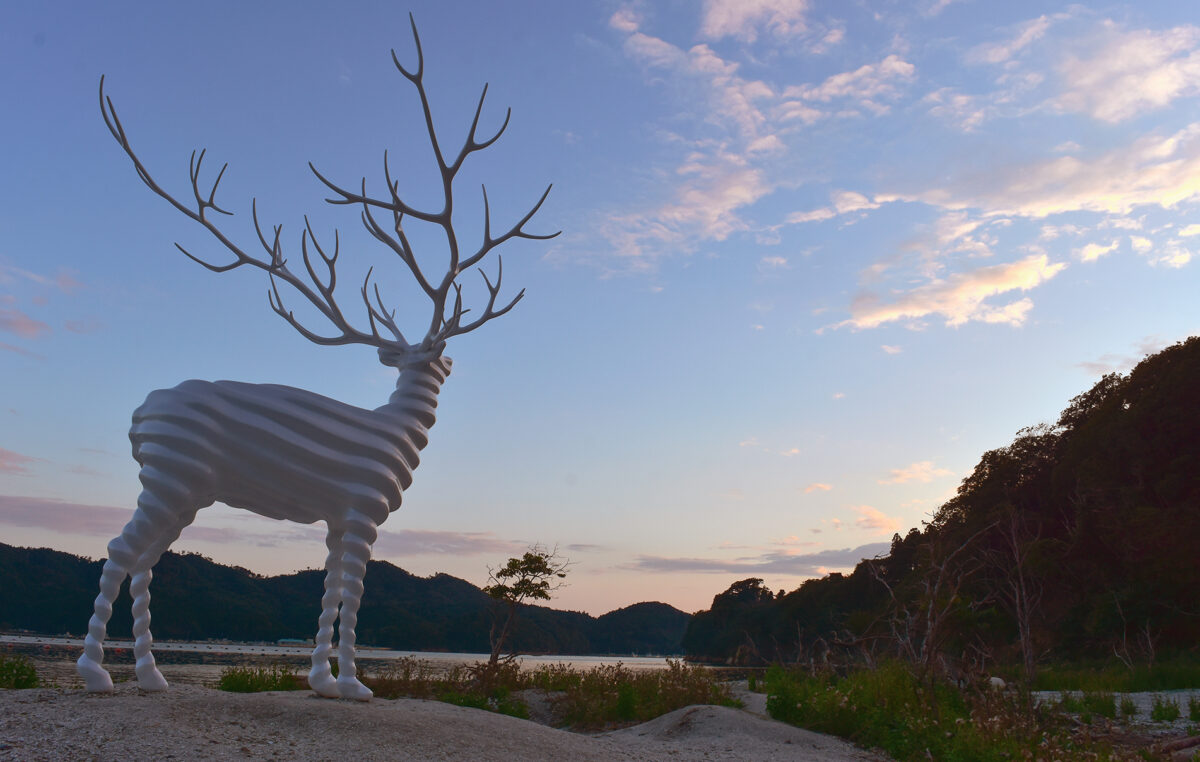
Photo by Wesley Keppel-Henry. White Deer (Oshika) by Kohei Nawa.
Photo by Wesley Keppel-Henry. HISSS by Saeborg.
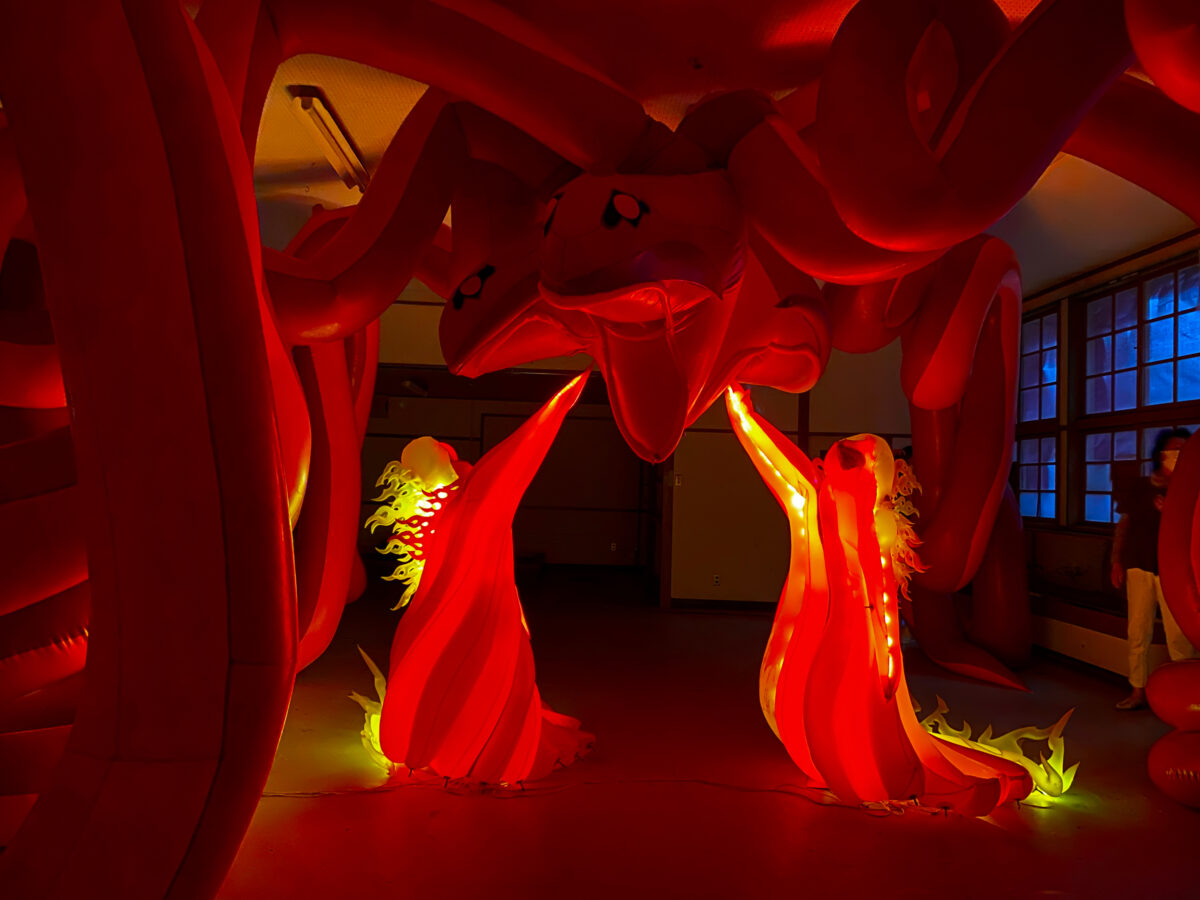
Photo by Wesley Keppel-Henry. Repeated happiness by Mariko Kobayashi.
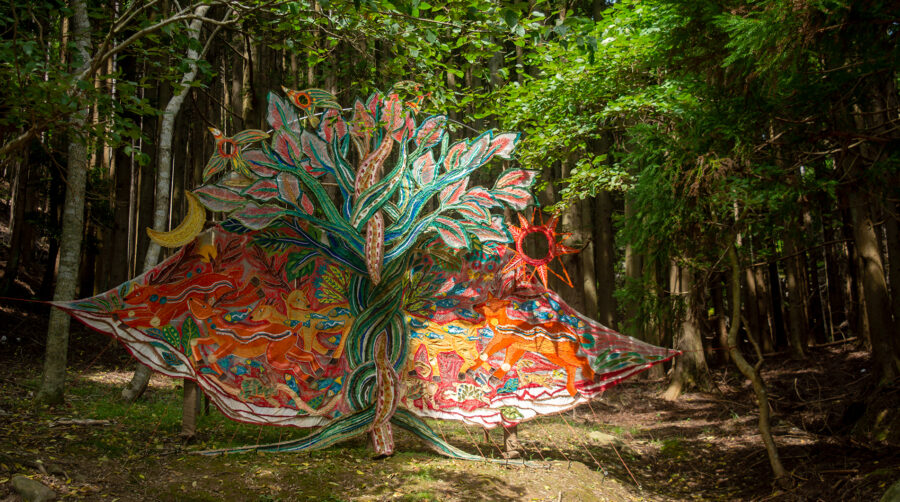
Photo by Wesley Keppel-Henry. 21 specific requirements by Tetsuro Kano.
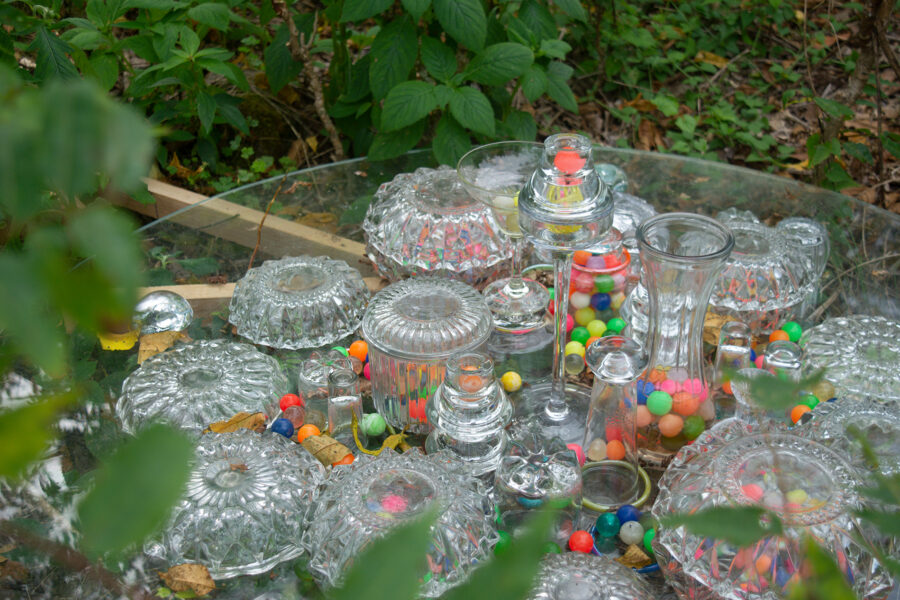
-
The Reborn-Art Festival is a biennial art, music, and food festival that takes place over vast acreage in the scenic Sanriku coastal area of Miyagi. It celebrates and promotes the revival of the area in the wake of the Great East Japan Earthquake and in the face of the nationwide trend of rural depopulation. Imaginative art installations dot the downtown areas of Ishinomaki and Onagawa, and pierce the wilderness of the Oshika Peninsula with a shot of creativity and color.
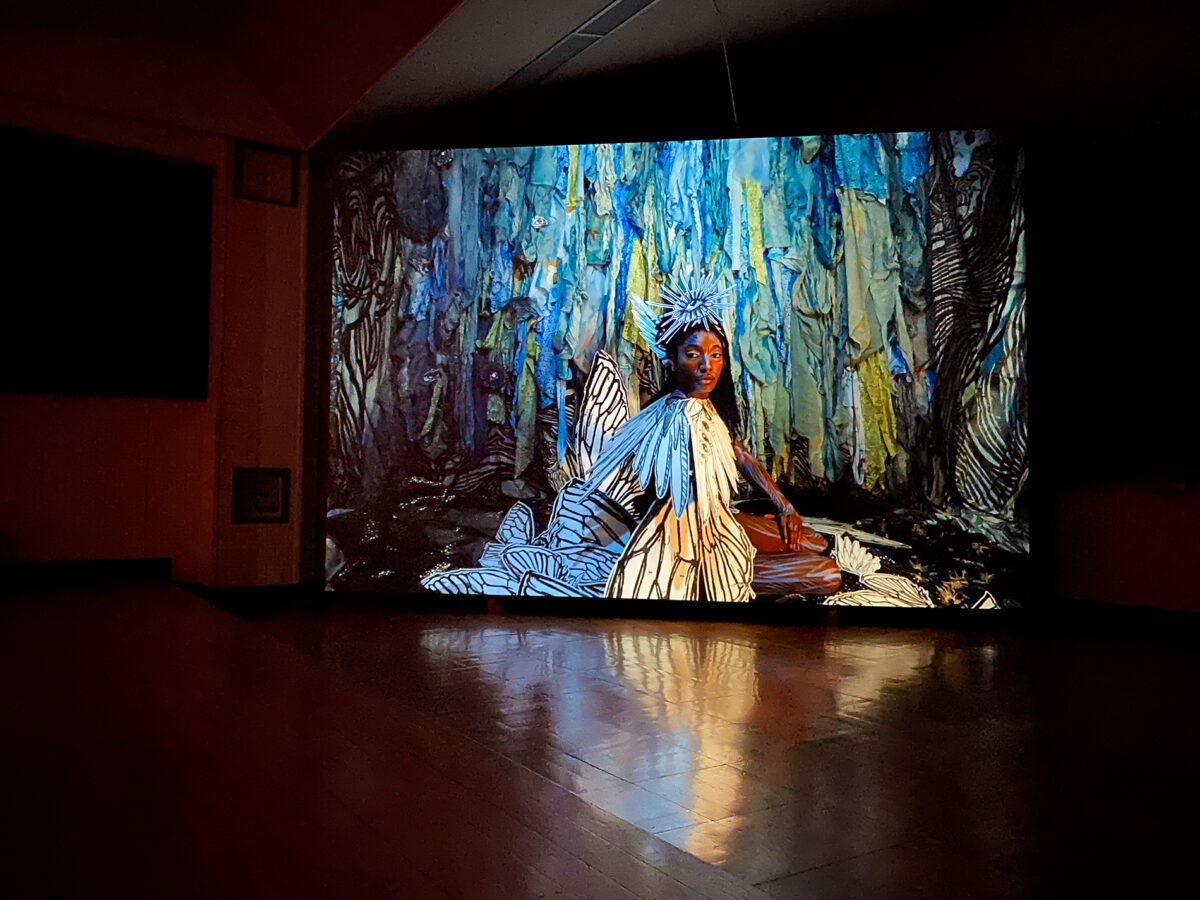
The offbeat venues create a sense of adventure—an invitation into spaces normally forbidden, an excuse to slow down and explore a place one might otherwise rush past. In downtown Ishinomaki, descend into an abandoned bathhouse to discover La source, an artwork of water and light by HouxoQue. Off a two-lane road on the rural Oshika Peninsula, visitors climb an unassuming path into the forest to reach Repeated happiness, an installation on the grounds of a forgotten shrine.

Being spread out over such a large area, the festival allows for large-scale artworks that are interactive and immersive, both figuratively and literally. In forgive by Chie Morimoto x WOW x Takeshi Kobayashi, viewers fill voids in the piece to become part of the fabric of the art. Even pieces designed for passive viewing inspire interaction thanks to their scale. They make enticing subjects for imaginative photography, and are also just fun backdrops to strike a pose in front of for eye-catching photos that are sure to reel in the likes on social media.
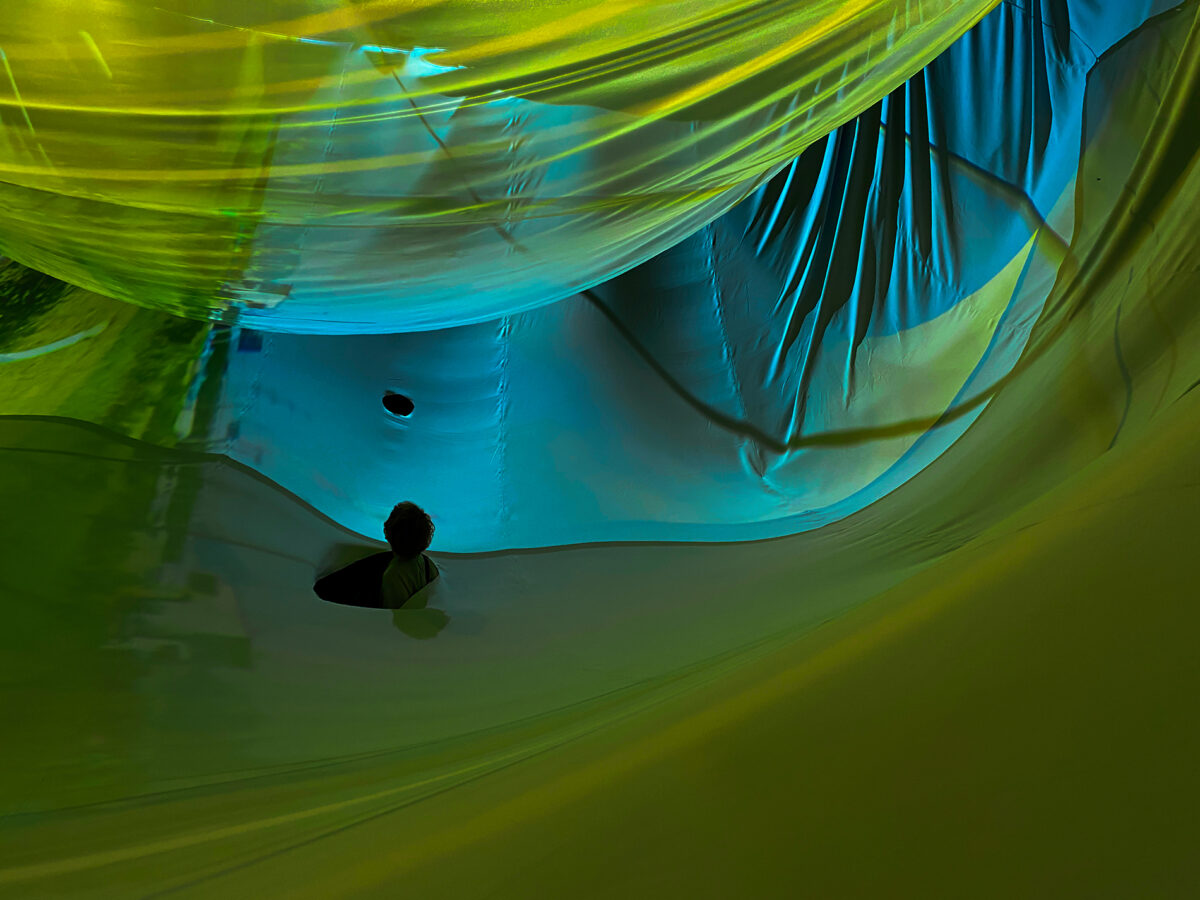
If the beeline many visitors make to the Reborn-Art food venues are anything to go by, cuisine figures prominently as an attraction of the festival. The emphasis is on local slow food, particularly the renowned seafood of the Sanriku Coast and the wild game of the Oshika Peninsula, though local agricultural products figure into the cuisine as well. The main food venue is Reborn-Art Dining, a pop-up open-air restaurant serving upscale cuisine in a casual atmosphere on the shore of Ishinomaki Bay. Visitors can drop in for a chef-driven locavore course menu, no reservations or formal dress required.
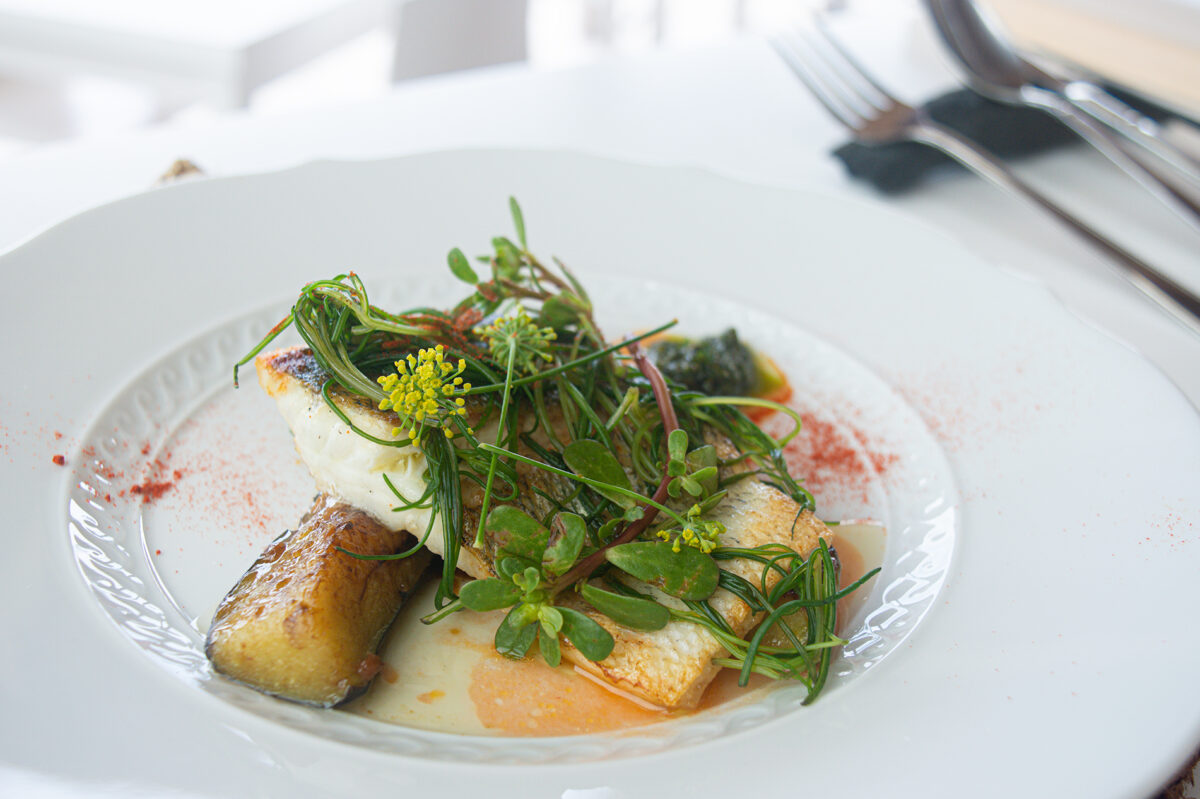
The Reborn-Art Festival is geared towards free-spirited exploration of the art and surroundings at your own pace, but bus tours are available for those looking for something more structured. The festival also features a number of special events, such as concerts and Food Adventure workshops. For more information on the bus tours and special events, see the official festival website.
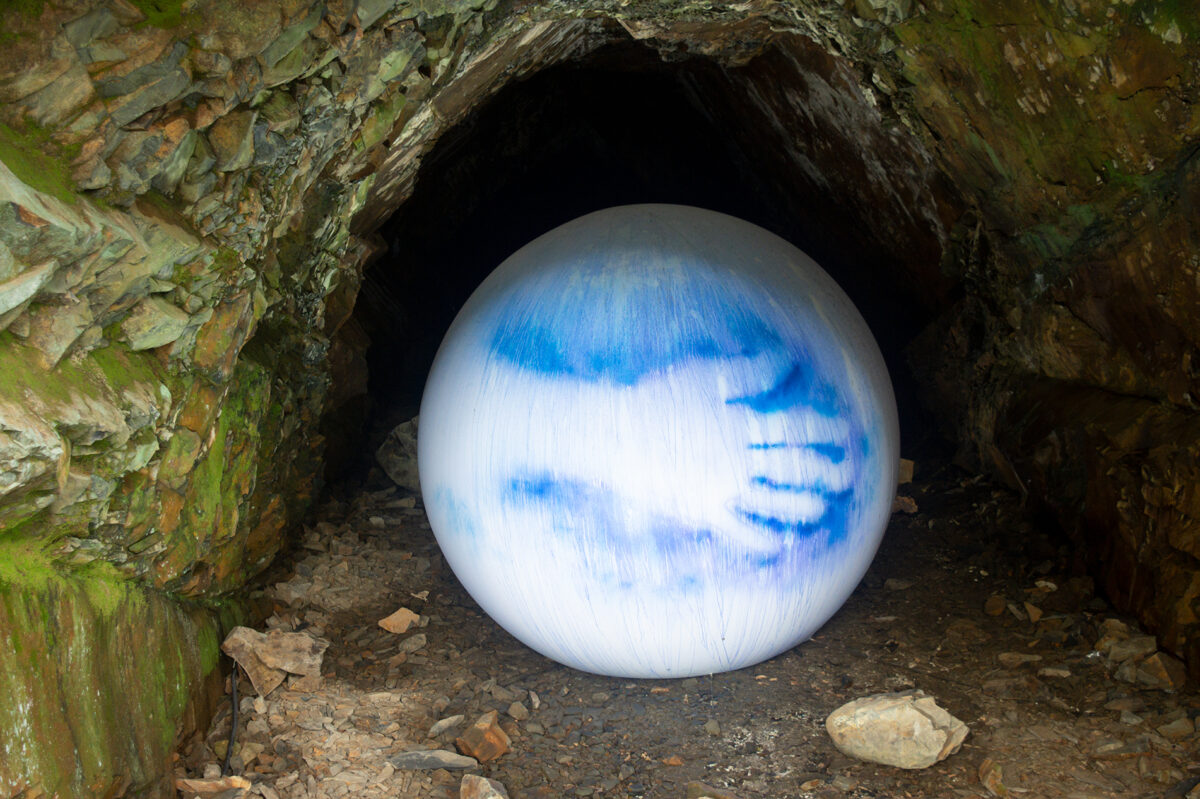
How to Visit
To attend the festival, purchase a Reborn-Art Passport at any of the festival information centers. The most convenient one for those arriving by public transportation is the booth set up just outside Ishinomaki Station. The art passport is good for the entire length of the festival session; you can come as many times as you like during the session. The Reborn-Art Festival 2021–22 is split into two sessions: summer and spring. A summer passport is good for the summer session (August 11 to September 26, 2021); purchase a new passport in spring to attend the spring session (April 23 to June 6, 2022).
In order to keep coronavirus risk to a minimum, this year there are a couple of extra steps involved in attending the festival. Each day you come, your first stop will be one of the festival information centers, where you’ll write down your name, address, and contact information. They’ll check your temperature and, assuming you’re not running a fever, give you a numbered wristband. The temperature screening keeps those showing signs of illness out; in the event someone you may have had contact with at the festival ends up testing positive for coronavirus later, festival organizers will use the contact information provided to inform you.
-
Last Update
September 8, 2021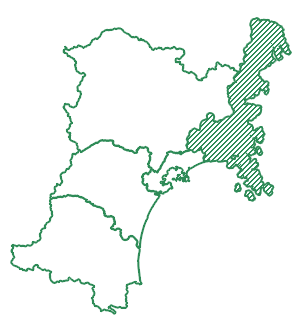
Area Sanriku Coast
Details
ADDRESS
Various locations throughout Ishinomaki City and Onagawa Town. Pin is for Ishinomaki Station, where a Reborn-Art Festival information desk is located.
ACCESS BY PUBLIC TRANSIT
Central Ishinomaki Area: A short walk from Ishinomaki Station
Onagawa Area: A short walk from Onagawa Station
Momonoura, Oginohama, and Kozumi Areas: By Ayukawa Line (鮎川線) bus from Ishinomaki Station (石巻駅). For Momonomura Area, alight at Momonoura (桃浦) bus stop. For Oginohama Area, alight at Oginohama (荻浜) bus stop. For Kozumi Area, alight at Kozumihama (小積浜) bus stop. Timetables here (Scroll to bottom of page and click “鮎川線(平日)” for weekday timetable, or “鮎川線(土休日)” for weekend/holiday timetable).
ADMISSION
¥3,500 at the door for a Reborn Art Passport. The Passport is valid all session long (August 11–September 26 for summer 2021 session, or April 23–June 5 for spring 2022 session). Advance purchase and Miyagi resident discounts available, see official festival website for details.
LANGUAGES
English
HANDICAP ACCESSIBLE
Varies by venue
HOURS
Central Ishinomaki area: 10:00–17:00* all days
Other areas: 10:00–16:00* weekdays ,10:00–17:00* weekends & holidays
*Last entry is 30 minutes before closing. Hours may vary by artwork.
CLOSED DAYS
September 15
PHONE
0225-90-4726
OFFICIAL URL
VEGETARIAN/VEGAN
No
NON-SMOKING
Yes
TABLE CHARGE
No
Visit Miyagi © 2018 All Rights Reserved.